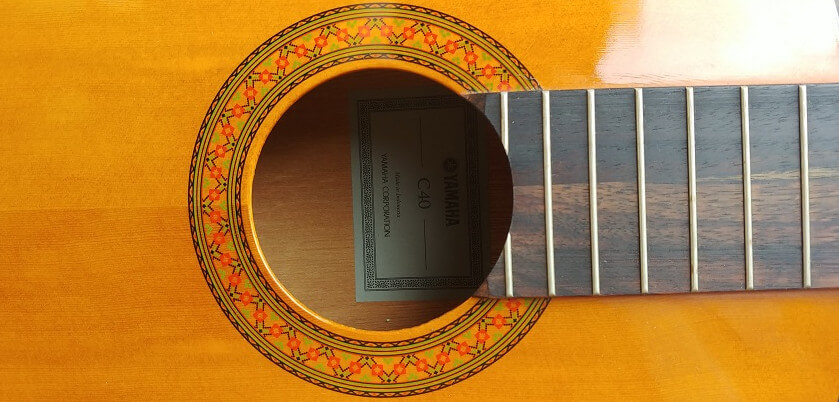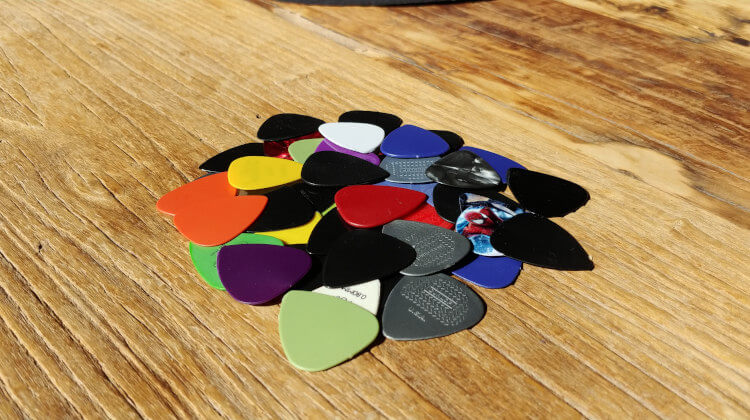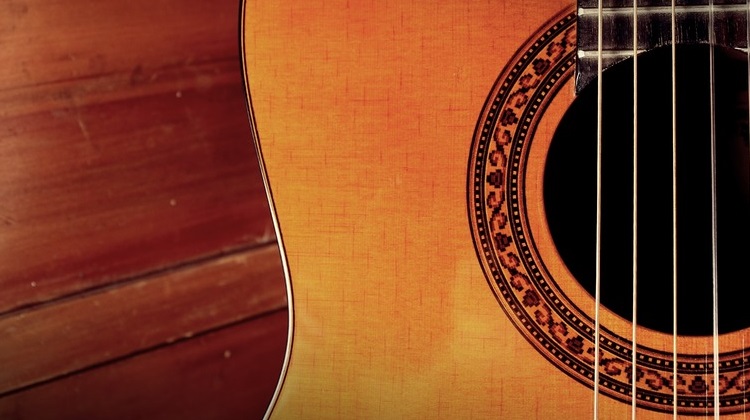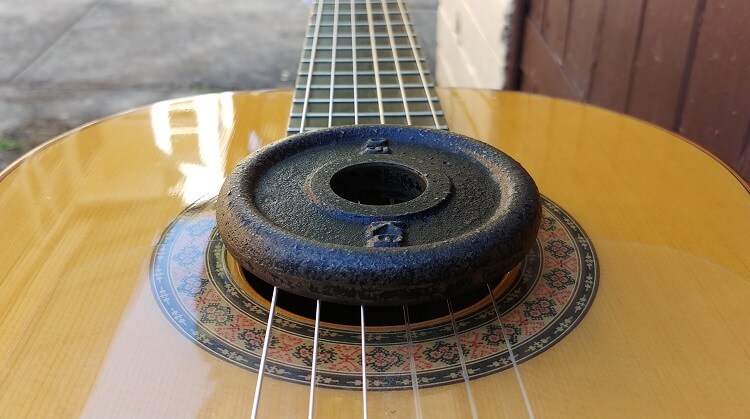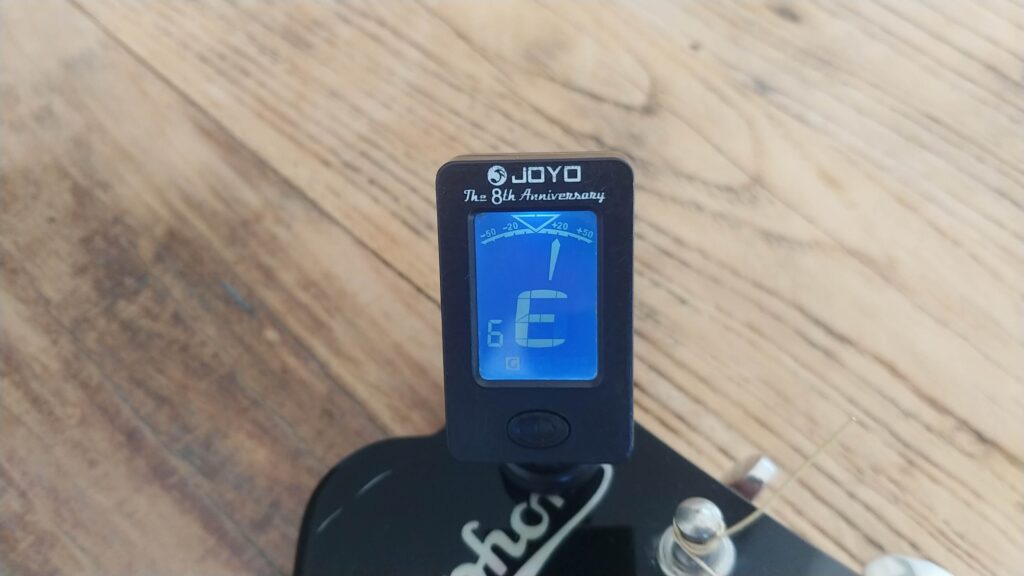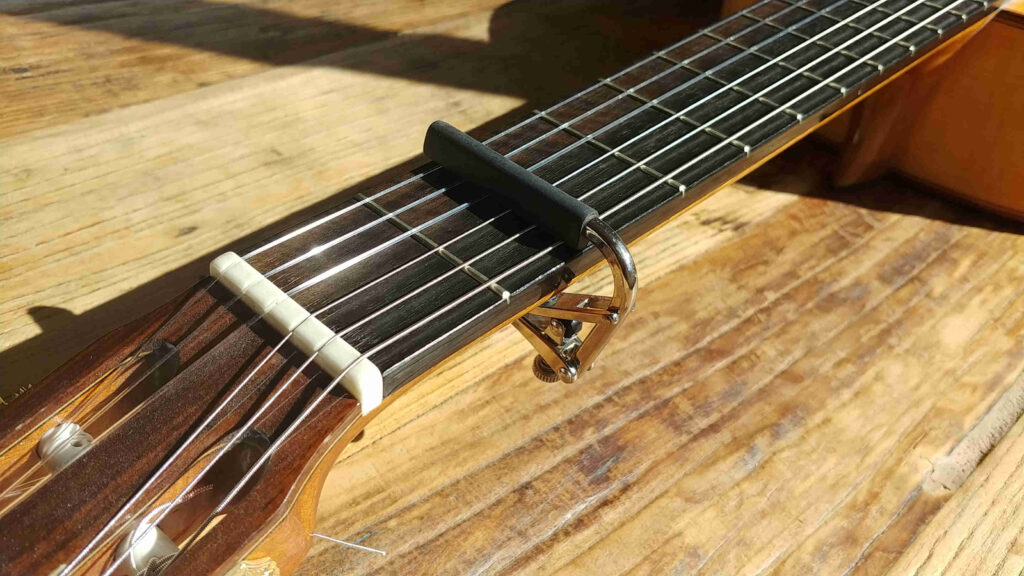
A capo does far more than change the pitch of guitar strings – it also changes the instrument’s tone depending on which fret is selected.
Clamping a capo to the guitar fretboard effectively creates a new nut, which shortens the length of the strings and raises the pitch. It’s a simple way to change keys, but research shows it also excites each note’s harmonics (the range of overtones which give the guitar its characteristic sound).
“Placing the capo on the second fret will produce the brightest tone,” according to new research, published by Jessica Moore and Dr. Gordon Ramsey at the Loyola University Chicago. “When the capo is moved further down the neck to the fourth and sixth fret, the harmonics for both are nearly equivalent and produce a warmer tone than when the capo is at the second fret.”
- Distinctive capo design that has been loved and trusted by musicians for…
- Unique among adjustable capos, with Shubb you can “set it and forget it”-…
- Locking and removing is as simple as flipping the lever
This tallies with what my flamenco guitar teacher told me many years ago: placing the capo at the second fret is the sweet spot. Capos have been particularly popular in flamenco because they allow for a quick key change depending on the key the singer prefers. Capos are also popular in Irish traditional music and American folk music.
The graph below shows the open E string has the most overall harmonic intensity with the capo on the second fret (F#) although the fourth fret (G#) produces stronger first to third harmonics.


